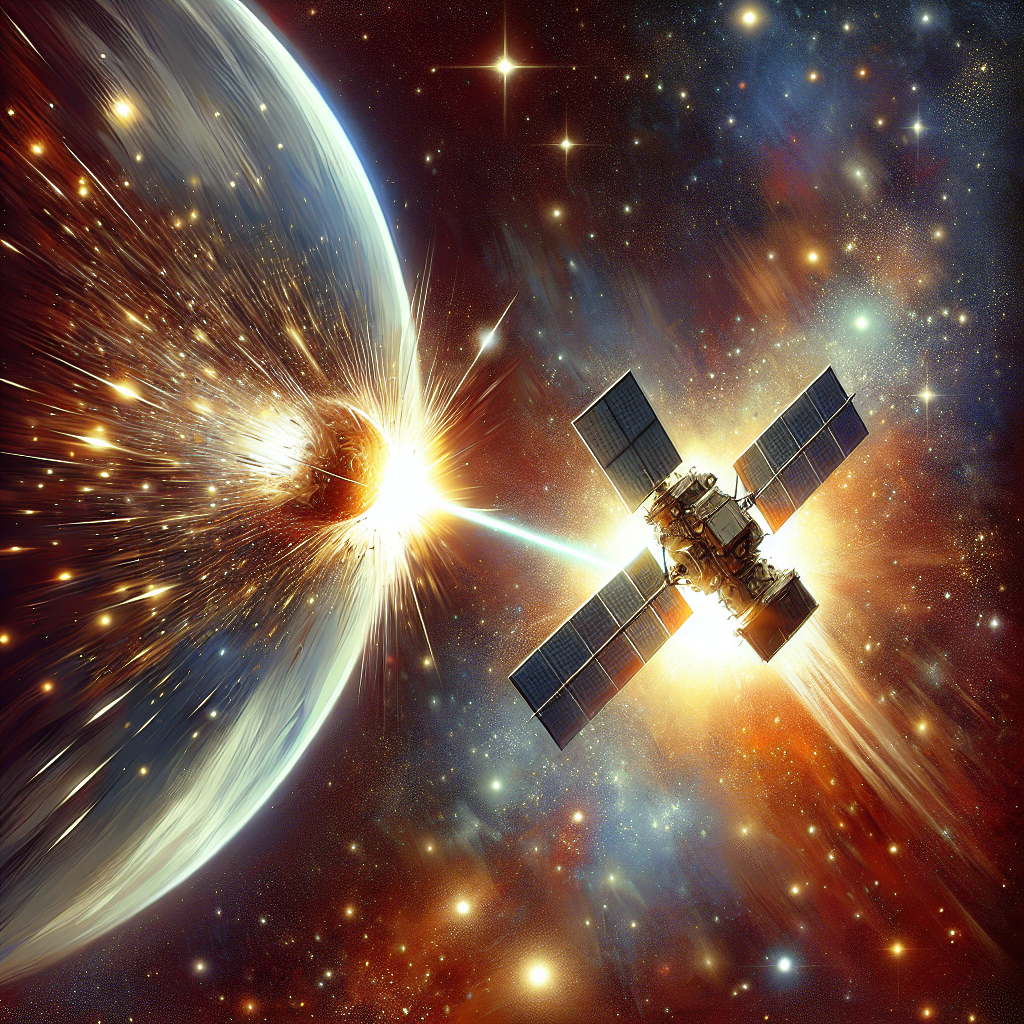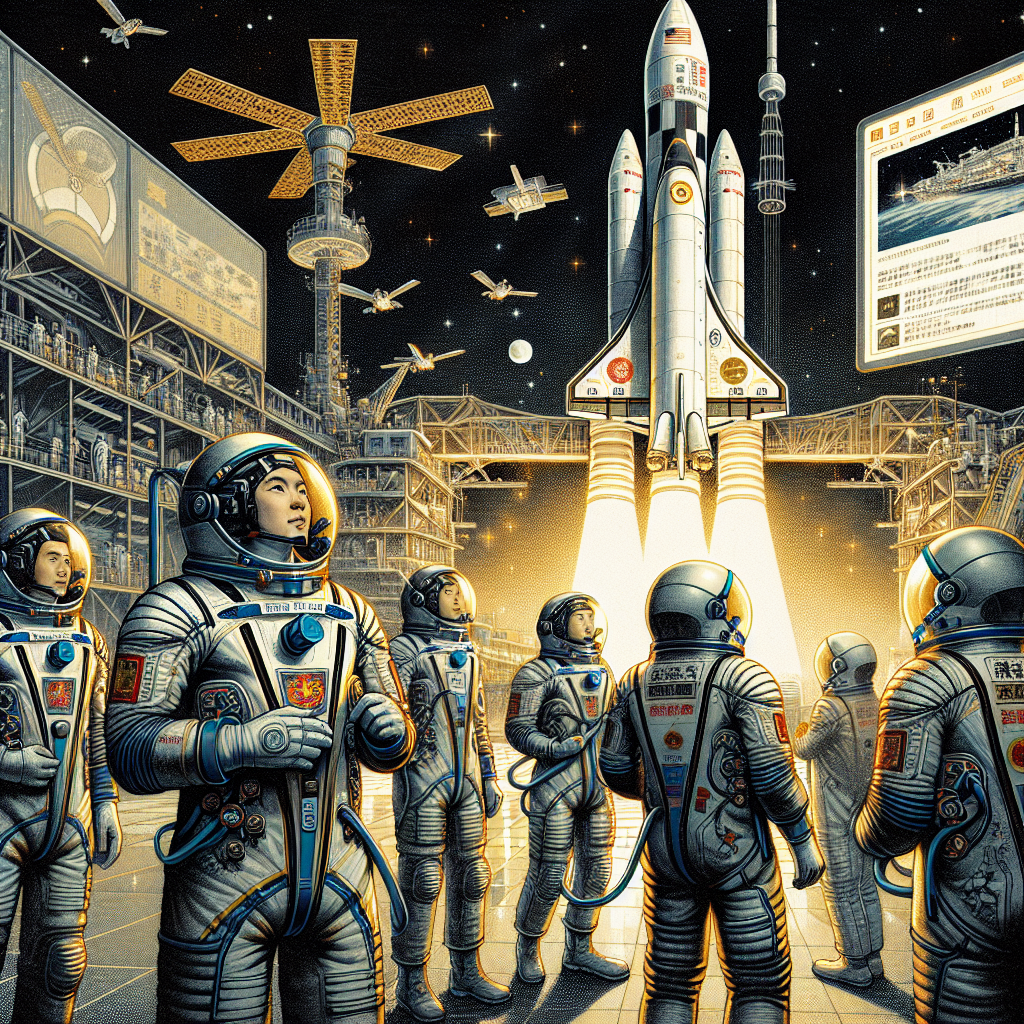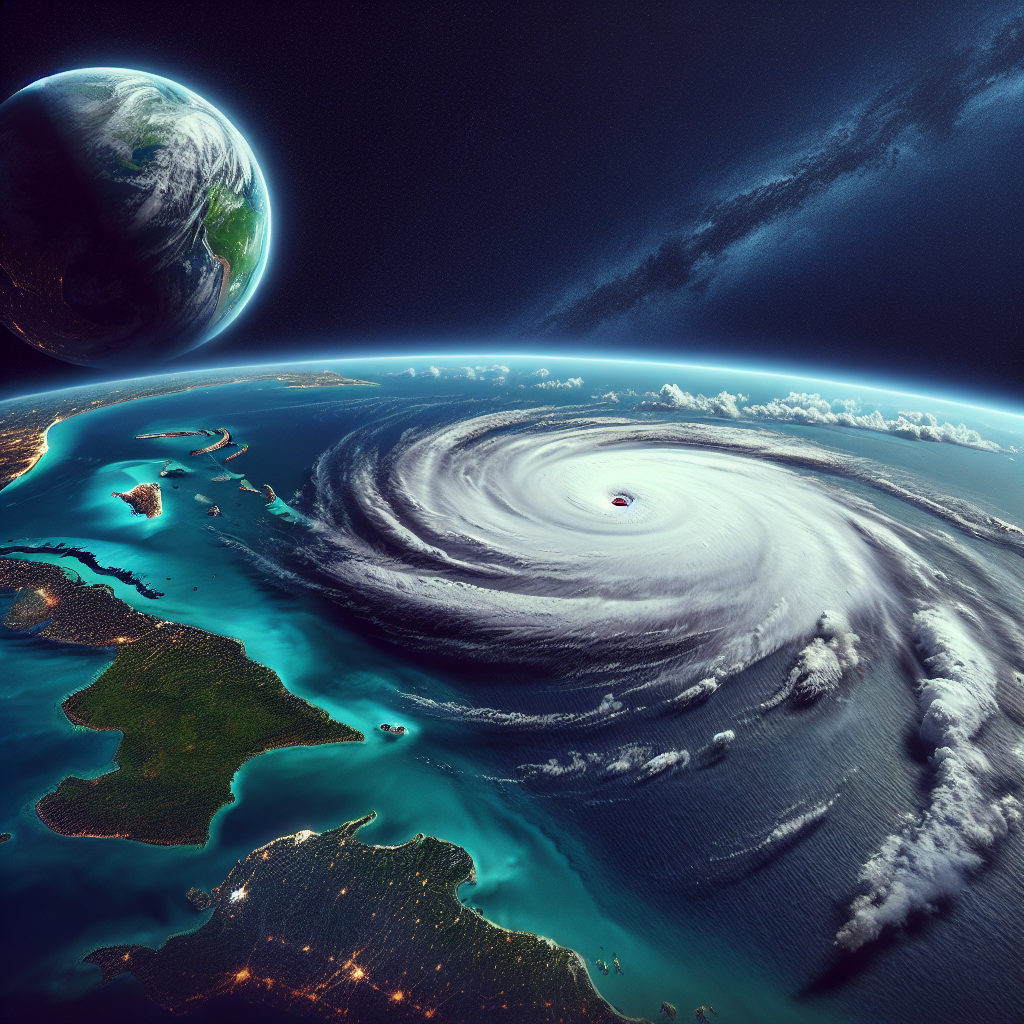Title: China and NASA Join Forces in Historic Move to Prevent Satellite Collision
In a significant first, China recently reached out to the National Aeronautics and Space Administration (NASA) of the United States in a bid to avoid a potential satellite collision. A NASA official confirmed the groundbreaking contact, marking a new chapter in international space cooperation.
The contact was made to align and coordinate a satellite maneuver, a strategic move that reflects the growing need for international cooperation in the increasingly crowded space above our planet. This action, the first of its kind, may pave the way for future collaborations between the two space-faring nations.
“The Chinese side contacted us,” the NASA official said, “This is the first time they have reached out to us for such coordination.” The event signifies a stride towards a more collaborative international space community, especially between two of the world’s leading space powers.
The intricate ballet of satellites orbiting Earth is a carefully choreographed affair. With thousands of artificial satellites from various nations circling our planet, the risk of collisions is ever-present. Such incidents can have far-reaching consequences, including the potential disruption of crucial services like GPS navigation, weather forecasting, and telecommunications.
Historically, China and the U.S. have had a somewhat tumultuous relationship when it comes to space exploration cooperation. U.S. law currently restricts NASA from engaging in bilateral agreements with China due to concerns over technology transfer and potential national security implications. However, this recent outreach from China could be a positive sign of changing dynamics and a new era of cooperation in space exploration.
The specific details of the coordinated maneuver were not disclosed by the NASA official. However, the fact that China took the initiative to reach out to NASA signifies the recognition of shared responsibilities and challenges in managing the crowded space environment.
As the number of satellites and other space debris continues to grow, cooperation between nations is becoming increasingly crucial to ensuring the safe and sustainable use of space. This unprecedented move by China to coordinate with NASA is a promising sign of potential future collaborations.
The incident underlines the necessity for a global approach to space traffic management, where every nation recognizes the need for coordination and cooperation. It also highlights the growing importance of space diplomacy, where nations can set aside earthly politics to ensure the safety and sustainability of space exploration for all.
This historic move by China and NASA could potentially act as a catalyst for further international cooperation in space. It sends a strong message to the world that when it comes to the vastness of space, we are more successful when we work together rather than apart.
Read more from the original source here: [https://www.space.com/space-exploration/satellites/china-reached-out-to-nasa-to-avoid-a-potential-satellite-collision-in-1st-of-its-kind-space-cooperation](https://www.space.com/space-exploration/satellites/china-reached-out-to-nasa-to-avoid-a-potential-satellite-collision-in-1st-of-its-kind-space-cooperation).










